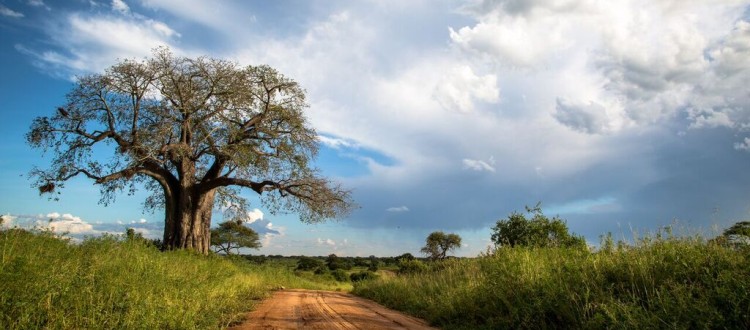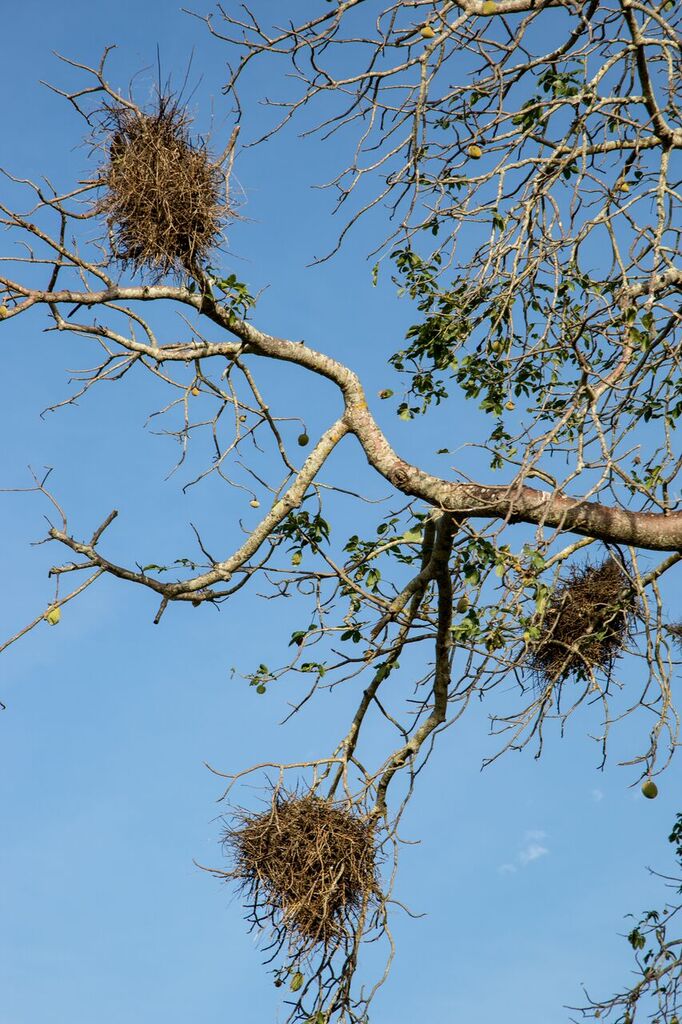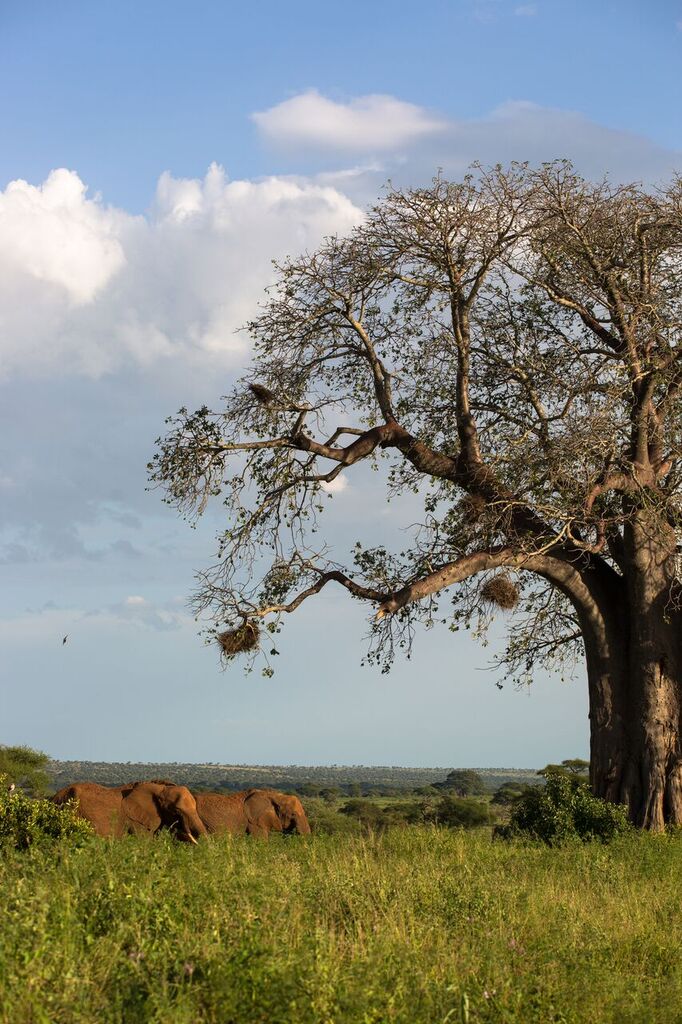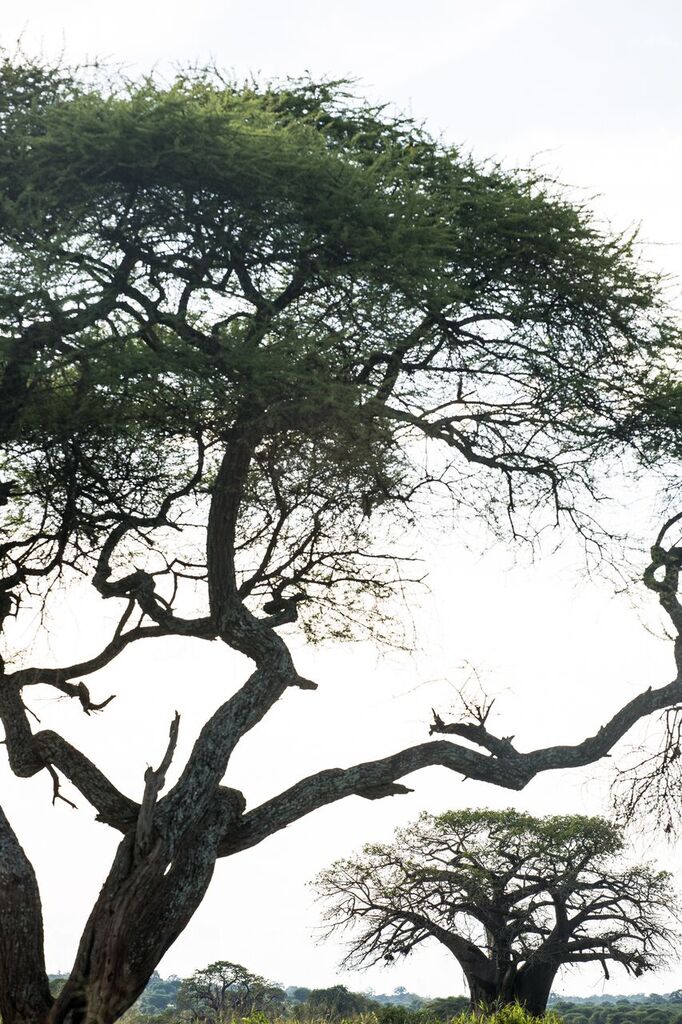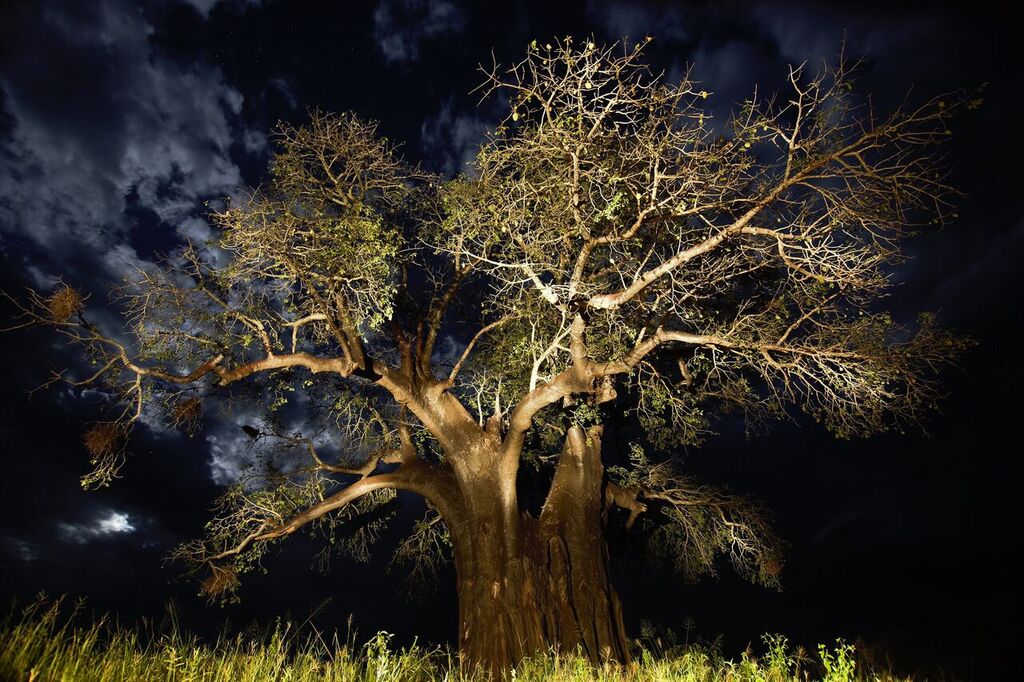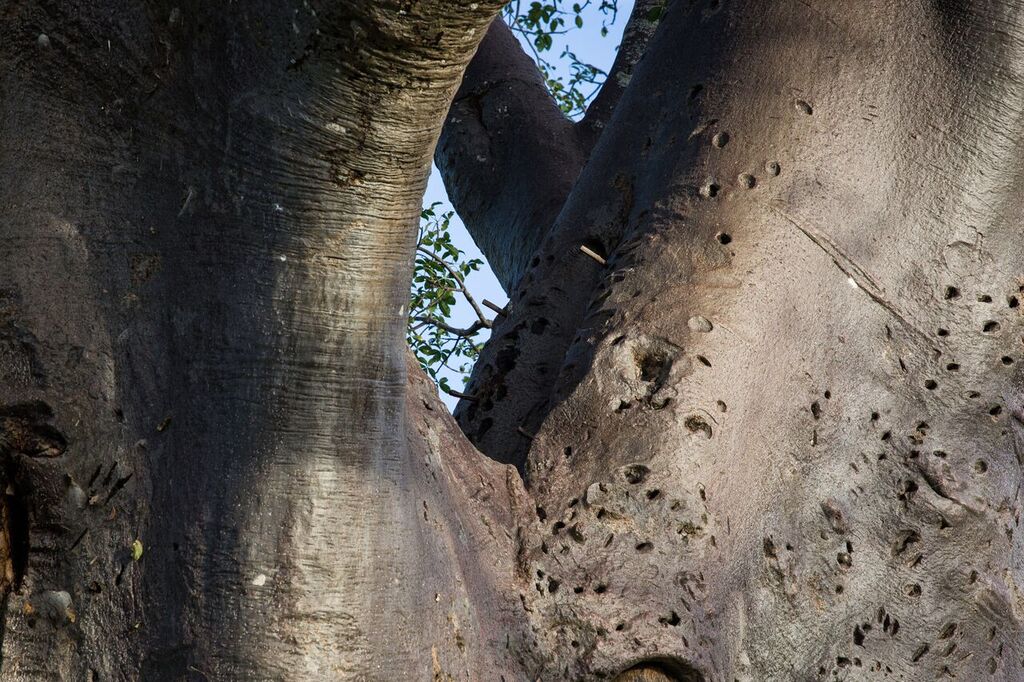Baobabs: The Dignified Gentlemen of the Savannah
By Stuart Butler
Alongside the graceful, flat-topped acacia there can be no tree in Africa so immediately recognisable as the baobab. With massively bloated trunks and short, stumpy and normally bare branches the baobab looks for all the world like it has been planted upside down with the roots in the air and the top half buried in the earth. They’re most often found in drier regions, but their presence normally indicates that water is in the vicinity. Almost everywhere that baobabs occur they are linked to legends and superstitions.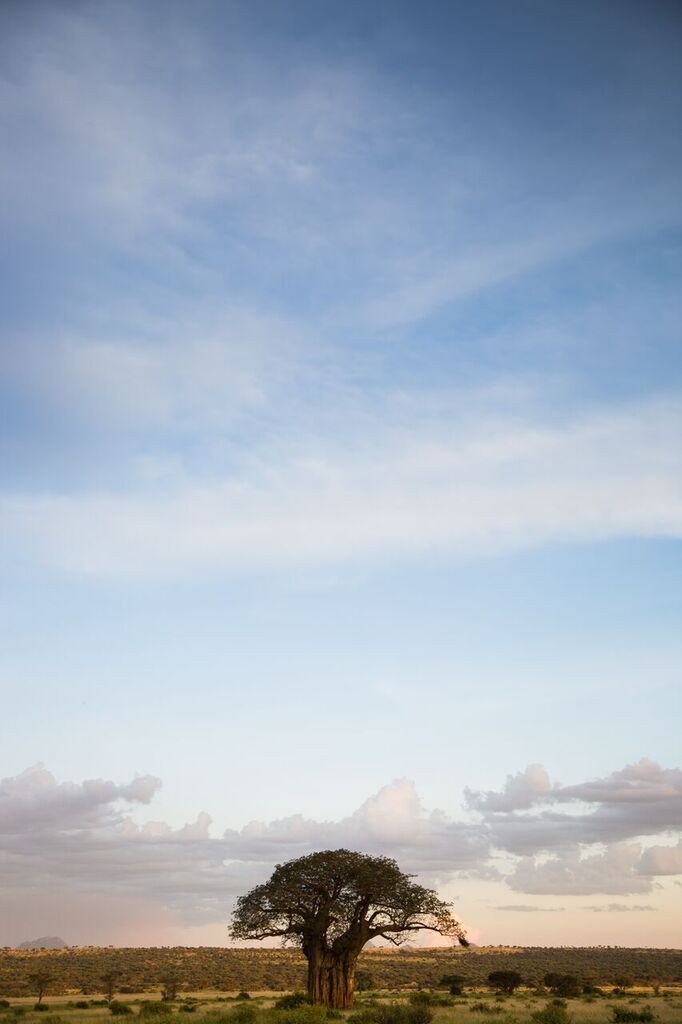
Northern Tanzania’s Tarangire National Park is one of the best parks in East Africa in which to see baobab trees. The northern half of the park in particular is littered with these dignified old trees. I spent a day and a night photographing some of Tarangire’s baobabs.
Also called bottle trees, upside-down trees, tree of life and monkey bread trees, there are nine species of baobab with two of them found in mainland Africa, six in Madagascar and one in Australia.
The trunk of a baobab can hold up to 120,000 litres of water and in times of drought people sometimes ‘tap’ the tree in order to access its water reservoirs. People also use the trees for shelter, clothing, food and medication. The fruit of the tree, which is a hard, furry, egg-like capsule that can be up to twenty-five centimetres long, is used to make a drink. The fruit contains three times as much vitamin C as an orange and twice as much calcium as spinach. Hardly a surprise then that the tree is also known as the ‘tree of life’.
A big baobab tree on the plains of Africa is almost its own self-sustained eco-system. Bats and bees can nest in its hollows, weaver birds and others often nest in its branches, elephants and others feed off the seed pods and use the trunks as hardy scratching posts. Elephants will also eat the bark during the dry season in order to get some of the moisture that the tree contains. This picture shows weaver bird nests in the branches.
Baobabs are some of the longest living organisms on Earth with many reaching a ripe old age of around a thousand years. In South Africa is a baobab that’s been carbon dated to around 6000 years of age. Many baobabs are hollow and this ancient South African one, which has a trunk circumference of 47m, is no exception. However, what is more unusual about this tree (apart from its great age) is that there’s a pub inside it, which rather disproves any theories about alcohol knocking years off your life. Other unusual uses of baobab trees include one in Australia that was once utilised as a prison and others that are used as post offices, barns and shops.
The life cycle and reproduction of baobab trees is interesting. The leaves of a baobab fall off during the dry season and the tree can remain naked for nine months a year. The white flowers, which are up to thirty centimetres long, emerge in the late-afternoon stay open through the night on the end of long, drooping pods and are fertilised by fruit bats (who often roost inside the hollowed trunks) who come to feed on the flowers nectar. Each flower lasts only one night. Afterwards the dying flower is said to smell of carrion.
The first scientific description and naming of a baobab was by the French botanist Michel Adanson in 1749. The first one he saw was in todays’ Senegal. Shortly after he came across another nearby one, which had names carved into its trunk including that of Henry the Navigator (the discoverer of the sea route from Europe to India) who had sailed past in 1444. Sadly, this particular tree no longer exists. This picture shows an acacia tree in the foreground and a baobab in the background.
Across Africa there are many myths and legends associated with baobabs. It’s said that the flowers are inhabited by spirits and that if you drink water that has been used to soak a baobab seed then you will be protected against crocodile attack (I’m afraid to report that due to the lack of crocs in Tarangire I was unable to test this theory….). It’s also said that if you destroy the flowers then you will be eaten by lions. There are lots of lions in Tarangire so I didn’t test this theory either. And if you’re wondering why they appear to be planted upside down then locals living along the banks of the Zambezi river in southern Africa will tell you that’s because baobabs used to be too proud and upright so one day the gods became angry with the trees, ripped them out of the ground and re-planted them upside down.
In this picture you can see a peg knocked into the tree surrounded by lots of other holes, which once also contained pegs. These were made by local honey hunters before Tarangire was designated a national park. They used the pegs to help them climb high into the tree to get to the bee hives that are often found in baobabs.
Want to join us and experience the magic of the baobabs in Tarangire for yourself at our Oliver’s Camp & Little Oliver’s camps? Get in touch with your trusted travel agent or make an enquiry with us below.
More Wildlife & Conservation Articles

Leopard vs Cheetah : Can You Tell The Difference
01 April 2020How often do you mistake a leopard for a cheetah or vice versa? I’m sure we’v...

What’s the difference? National Parks, Game Reserves, and Conservancies in East Africa
02 February 2020To most of us, a national park, game reserve, or conservancy are all the same...

Electric Vehicles: The Future Of East African Safari Travel?
12 January 2020October 2019 saw the arrival of our first electric, solar-powered safari vehi...

Guest Gallery: The Serengeti At Its Best
27 November 2019We recently had the pleasure of welcoming guests, Chris and Monique Fallows t...
